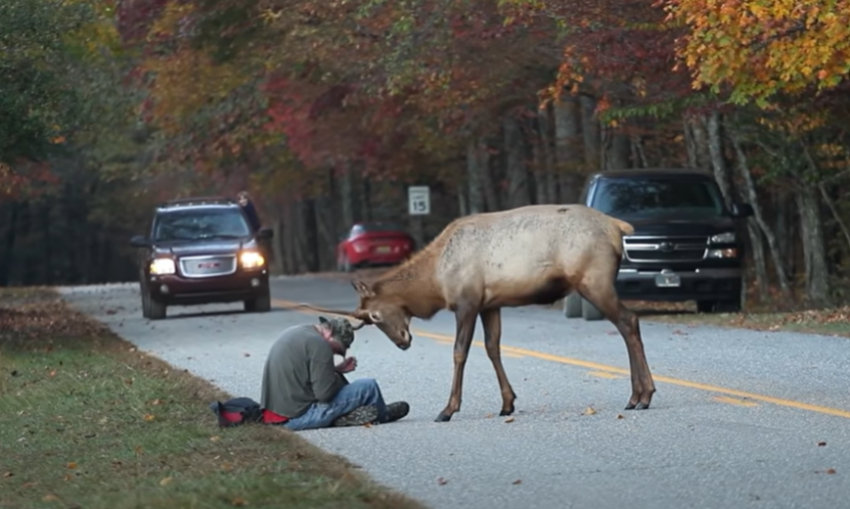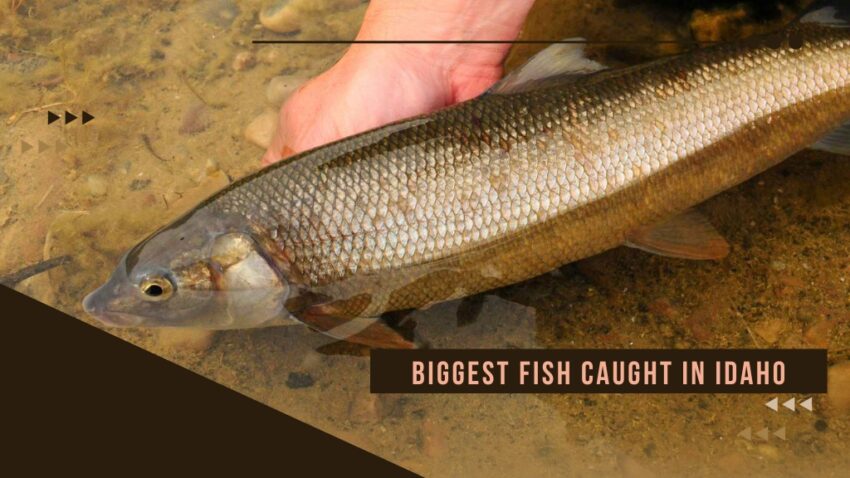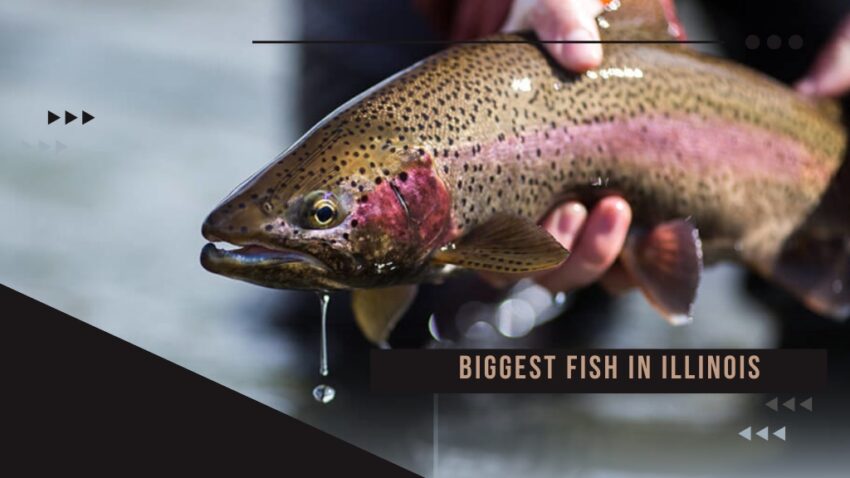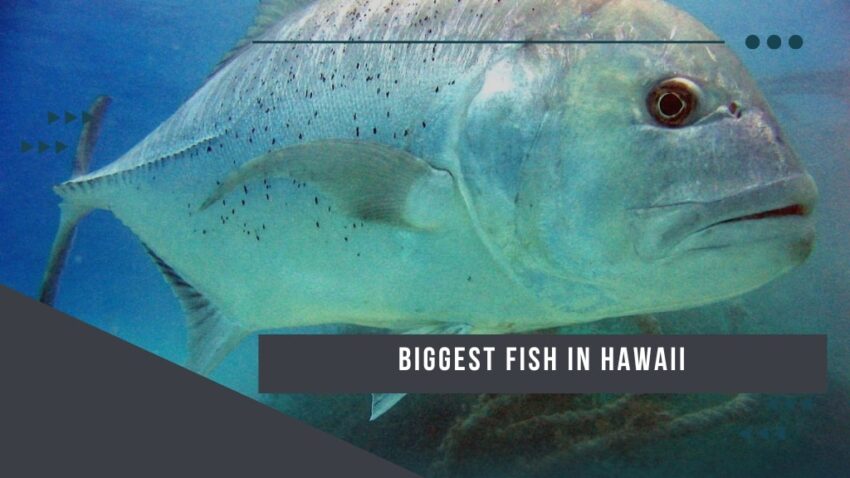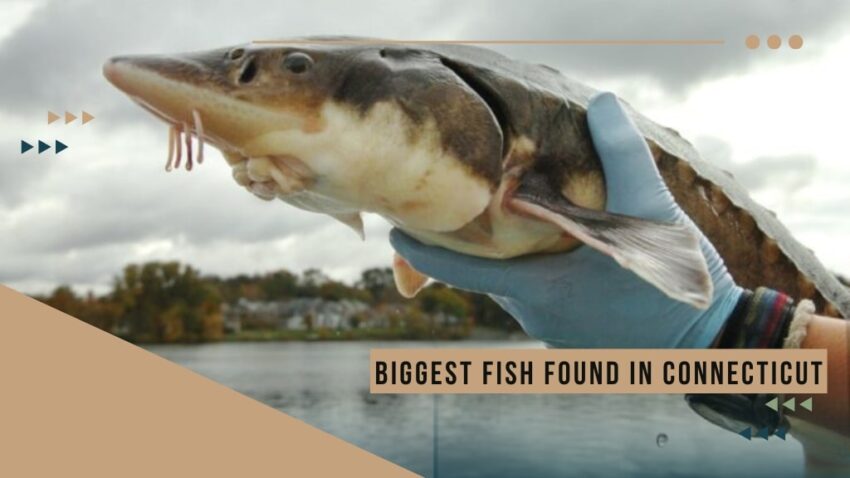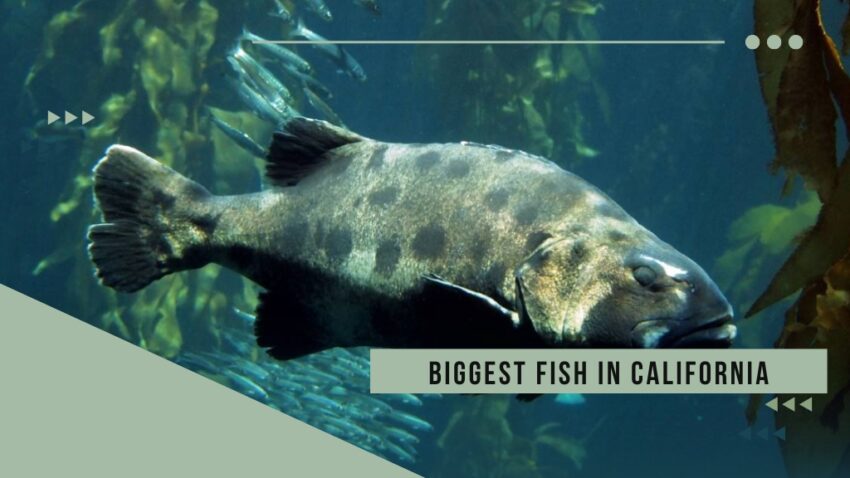Wild animal attacks are a growing concern in the United States, with thousands of incidents reported each year. While most encounters result in no harm to humans, a significant number of attacks are fatal. In this article, we will explore the ten states with the highest number of fatal wild animal attacks and discuss the factors contributing to the high rate of incidents in these areas.
According to the most recent data from the Centers for Disease Control and Prevention (CDC), there were 1,610 deaths due to non-venomous animal encounters in the US between 2008 and 2024.
Of these fatalities, the majority (64%) were caused by large mammals such as bears, cows, horses, and deer. Smaller animals such as dogs, rodents, and reptiles accounted for the remaining 36% of fatal incidents.
The top ten states with the highest number of fatal wild animal attacks:
- Alaska
- Montana
- Wyoming
- Florida
- California
- Colorado
- Texas
- Arizona
- North Carolina
- Tennessee
In the following sections, we will explore each of these states in detail and examine the risks and factors associated with fatal animal attacks.
1. Alaska
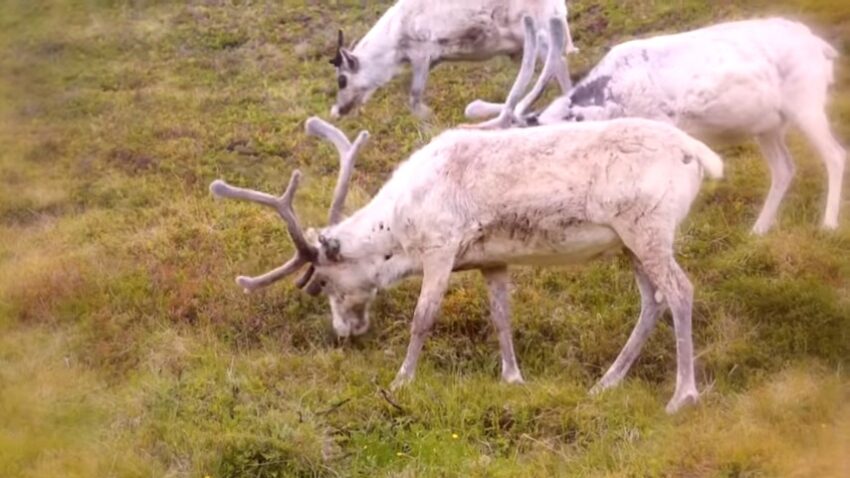
Alaska is known for its vast wilderness and abundance of wildlife, which make it a popular destination for outdoor enthusiasts. However, it is also the state with the highest number of fatal wild animal attacks in the US. Between 2008 and 2024, there were 39 reported fatalities due to animal encounters in Alaska, with bears and moose accounting for the majority of incidents.
The risk of bear attacks is particularly high in Alaska, where the state’s brown bear and black bear populations are among the largest in the world. According to the Alaska Department of Fish and Game, there are an estimated 30,000 brown bears and 100,000 black bears in the state. Moose are also a common cause of fatal animal encounters in Alaska, with their large size and unpredictable behavior posing a significant threat to humans.
The reasons behind the high number of fatal animal attacks in Alaska are complex and multifaceted. Factors such as the state’s remote location, lack of infrastructure, and high number of tourists and outdoor enthusiasts contribute to the risk of wildlife encounters. In addition, changes in animal behavior due to environmental factors such as climate change and food availability can also increase the likelihood of attacks.
Despite these risks, there are steps that individuals can take to minimize the risk of animal encounters in Alaska. These include carrying bear spray, making noise while hiking to alert animals to your presence, and avoiding areas where animals are known to be active.
2. Montana
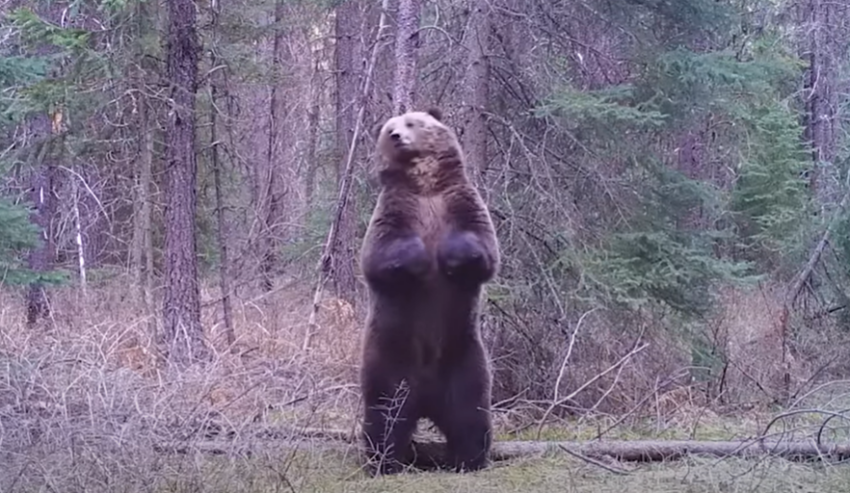
Montana is a state with a diverse range of wildlife, including grizzly bears, mountain lions, wolves, and elk. While encounters with these animals are often thrilling for outdoor enthusiasts, they can also be deadly.
Between 2008 and 2024, there were 24 reported fatalities due to wild animal attacks in Montana, making it the state with the second-highest number of fatal incidents after Alaska.
The risks associated with grizzly bear encounters are particularly high in Montana, where the state’s grizzly population is one of the largest in the lower 48 states. Grizzly bears are known for their unpredictable behavior and can be extremely dangerous when threatened or cornered. Mountain lions, also known as cougars, are another significant risk in Montana, with their stealth and agility making them difficult to detect and avoid.
The factors contributing to the high rate of fatal animal attacks in Montana are similar to those in Alaska. The state’s vast wilderness areas, low population density, and high number of tourists and outdoor enthusiasts all increase the likelihood of wildlife encounters. In addition, human activity such as hunting, logging, and development can disrupt natural habitats and increase the risk of conflict between humans and animals.
To minimize the risk of animal encounters in Montana, individuals can take precautions such as carrying bear spray, hiking in groups, and being aware of their surroundings. Wildlife officials also play a critical role in managing and monitoring animal populations to reduce the risk of conflict with humans.
3. Wyoming
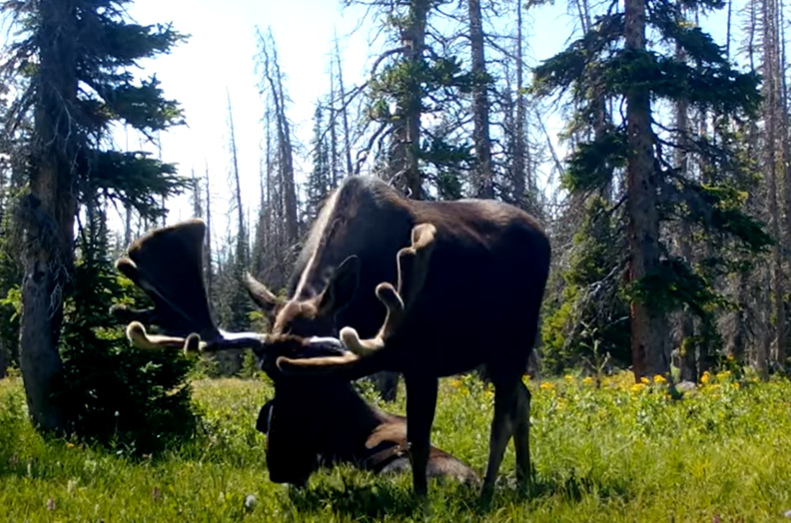
Wyoming is home to some of the most iconic wildlife in the US, including bears, bison, wolves, and elk. While these animals are a major draw for tourists and outdoor enthusiasts, they can also pose a significant risk to human safety.
Between 2008 and 2024, there were 22 reported fatalities due to animal encounters in Wyoming, with bears and bison accounting for the majority of incidents.
Yellowstone National Park, which spans parts of Wyoming, Montana, and Idaho, is a particularly high-risk area for wildlife encounters. Grizzly bears and black bears are common in the park, as are bison, which can be aggressive and unpredictable. While park officials take steps to manage and monitor animal populations, incidents still occur due to factors such as human behavior and unpredictable animal behavior.
To minimize the risk of wildlife encounters in Wyoming, individuals should follow park rules and guidelines, stay alert and aware of their surroundings, and carry bear spray and other safety equipment. Wildlife officials also play an important role in managing animal populations and educating the public on how to avoid conflicts with wildlife.
4. Florida
Florida is known for its warm climate and abundant wildlife, including alligators, snakes, and other reptiles. While encounters with these animals are relatively rare, they can be deadly when they occur.
Between 2008 and 2024, there were 21 reported fatalities due to animal encounters in Florida, with alligators and snakes accounting for the majority of incidents.
Alligators are particularly common in Florida, with an estimated 1.3 million of the reptiles living in the state’s swamps, lakes, and rivers. While alligators are usually shy and avoid humans, they can become aggressive when threatened or provoked. Snakes such as the eastern diamondback rattlesnake and the cottonmouth are also a significant risk in Florida, with their venomous bites posing a danger to humans.
The factors contributing to the high number of fatal animal incidents in Florida are complex and include factors such as habitat destruction, human development, and changes in animal behavior due to climate change.
To minimize the risk of animal encounters in Florida, individuals should avoid areas where alligators and snakes are known to be active, stay alert and aware of their surroundings, and seek medical attention immediately if bitten by a venomous snake.
5. California

California is home to a diverse range of wildlife, including mountain lions, black bears, and coyotes. While encounters with these animals are relatively rare, they can be deadly when they occur.
Between 2008 and 2024, there were 19 reported fatalities due to animal encounters in California, with mountain lions and black bears accounting for the majority of incidents.
Mountain lion attacks are particularly common in California, with the state’s large population of the big cats posing a significant risk to humans. Black bear encounters are also relatively common, particularly in areas where human development has encroached on natural habitats.
The factors contributing to the high number of fatal animal incidents in California include factors such as habitat destruction, human development, and changes in animal behavior due to climate change. To minimize the risk of animal encounters in California, individuals should avoid hiking alone, stay alert and aware of their surroundings, and carry bear spray and other safety equipment.
6. Colorado
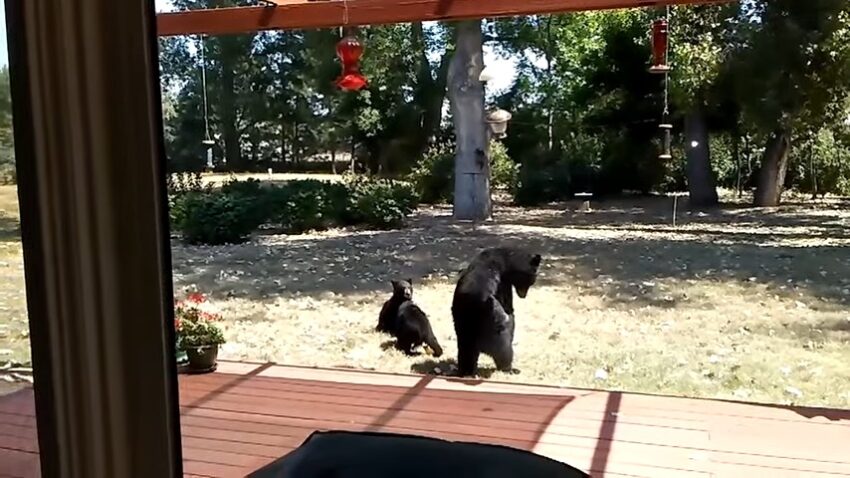
Colorado is known for its stunning landscapes and abundance of wildlife, including bears, mountain lions, and elk. While encounters with these animals can be exciting for outdoor enthusiasts, they can also be dangerous. Between 2008 and 2024, there were 14 reported fatalities due to animal encounters in Colorado, with bears and mountain lions accounting for the majority of incidents.
The risks associated with bear encounters are particularly high in Colorado, where the state’s black bear and grizzly bear populations are among the largest in the lower 48 states. Mountain lions are also a significant risk, with their stealth and agility making them difficult to detect and avoid.
The factors contributing to the high rate of fatal animal incidents in Colorado include factors such as habitat destruction, human development, and changes in animal behavior due to climate change. To minimize the risk of animal encounters in Colorado, individuals should carry bear spray and other safety equipment, avoid hiking alone, and stay alert and aware of their surroundings.
7. Texas
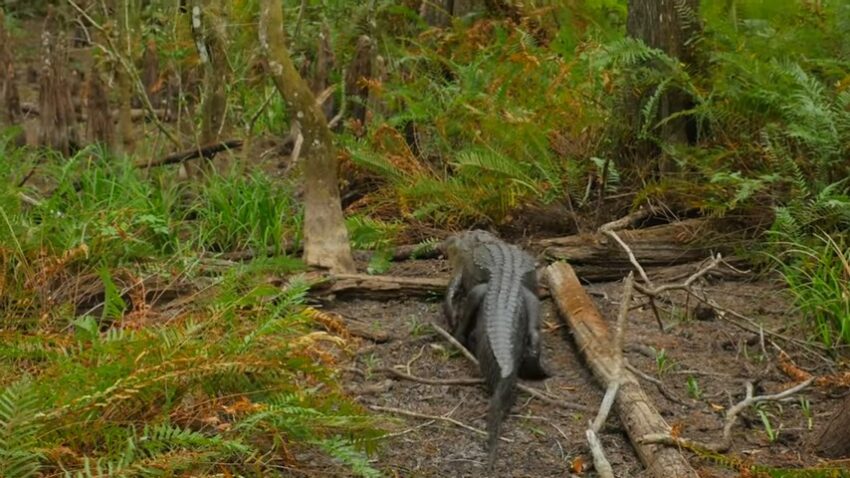
Texas is home to a diverse range of wildlife, including venomous snakes, alligators, and other reptiles. While encounters with these animals are relatively rare, they can be deadly when they occur. Between 2008 and 2024, there were 12 reported fatalities due to animal encounters in Texas, with venomous snakes accounting for the majority of incidents.
Alligators are also a significant risk in Texas, particularly in the state’s wetland areas. Other wildlife such as wild boar, cougars, and bears can also pose a danger to humans.
The factors contributing to the high number of fatal animal incidents in Texas include factors such as habitat destruction, human development, and changes in animal behavior due to climate change. To minimize the risk of animal encounters in Texas, individuals should avoid areas where venomous snakes are known to be active, stay alert and aware of their surroundings, and seek medical attention immediately if bitten by a venomous snake.
8. Arizona
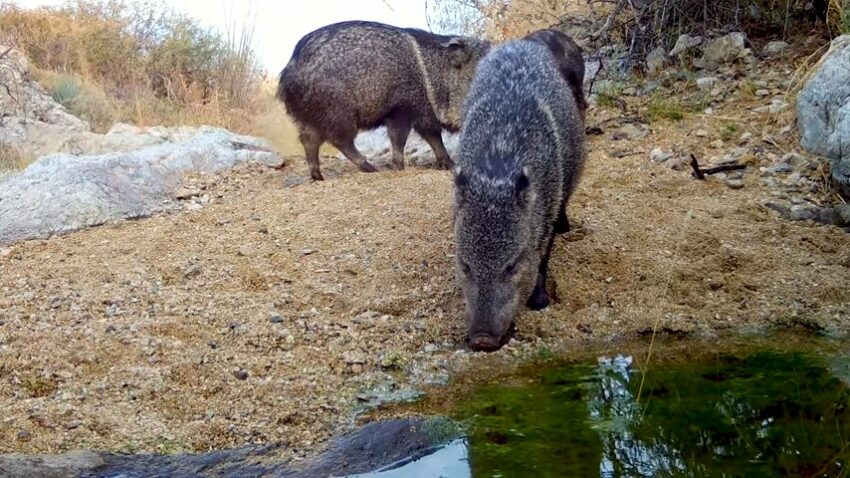
Arizona is home to a diverse range of wildlife, including rattlesnakes, mountain lions, and coyotes. While encounters with these animals are relatively rare, they can be deadly when they occur. Between 2008 and 2024 there were 12 reported fatalities due to animal encounters in Arizona, with rattlesnakes and mountain lions accounting for the majority of incidents.
The risks associated with rattlesnake bites are particularly high in Arizona, where the state’s warm climate and rugged terrain make it an ideal habitat for the snakes. Mountain lion attacks are also a significant risk, particularly in areas where human development has encroached on natural habitats.
The factors contributing to the high rate of fatal animal incidents in Arizona include factors such as habitat destruction, human development, and changes in animal behavior due to climate change. To minimize the risk of animal encounters in Arizona, individuals should avoid hiking alone, stay alert and aware of their surroundings, and carry bear spray and other safety equipment.
9. North Carolina
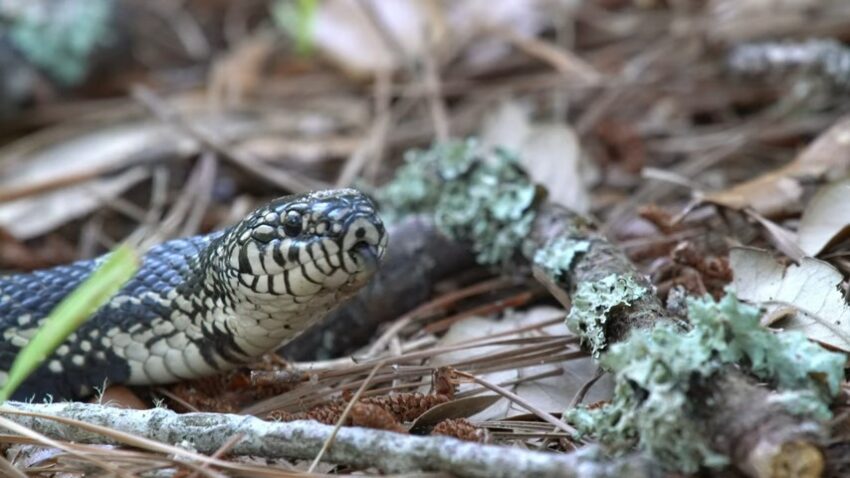
North Carolina is home to a large population of black bears, which can pose a significant risk to human safety when encountered. Between 2008 and 2024, there were 9 reported fatalities due to animal encounters in North Carolina, with black bears accounting for the majority of incidents.
The factors contributing to the high number of fatal animal incidents in North Carolina include factors such as habitat destruction, human development, and changes in animal behavior due to climate change. In addition, the state’s large population of outdoor enthusiasts and tourists increases the likelihood of wildlife encounters.
To minimize the risk of animal encounters in North Carolina, individuals should stay alert and aware of their surroundings, avoid hiking alone, and carry bear spray and other safety equipment. Wildlife officials also play a critical role in managing and monitoring animal populations to reduce the risk of conflict with humans.
10. Tennessee
Tennessee is home to a diverse range of wildlife, including black bears, venomous snakes, and coyotes. While encounters with these animals are relatively rare, they can be deadly when they occur. Between 2008 and 2024, there were 9 reported fatalities due to animal encounters in Tennessee, with black bears and venomous snakes accounting for the majority of incidents.
The risks associated with black bear encounters are particularly high in Tennessee, where the state’s population of the animals has grown significantly in recent years. Venomous snakes such as the copperhead and timber rattlesnake are also a significant risk, with their bites posing a danger to humans.
The factors contributing to the high rate of fatal animal incidents in Tennessee include factors such as habitat destruction, human development, and changes in animal behavior due to climate change. To minimize the risk of animal encounters in Tennessee, individuals should carry bear spray and other safety equipment, avoid hiking alone, and stay alert and aware of their surroundings.
Public Education and Awareness
One of the most important ways to reduce the number of fatal animal incidents in the US is through public education and awareness. By teaching individuals how to prevent and respond to wildlife encounters, we can help minimize the risk of conflict between humans and animals.
State and national park authorities also play a critical role in reducing fatal incidents by managing and monitoring animal populations, enforcing safety regulations, and educating the public on how to safely enjoy outdoor activities.
Through collaboration between wildlife officials, outdoor enthusiasts, and the general public, we can work towards a safer and more harmonious coexistence with the natural world.
Wildlife Management and Conservation
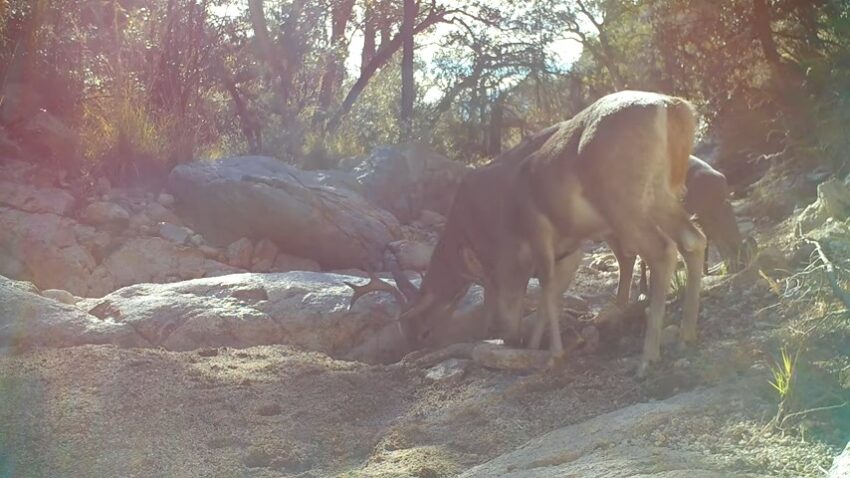
Wildlife management and conservation efforts play a critical role in reducing conflicts between humans and animals. By implementing strategies such as habitat conservation, population management, and human-wildlife conflict resolution, we can help minimize the risk of animal attacks and promote a healthy and sustainable relationship with the natural world.
States employ various strategies to reduce the number of fatal animal incidents, including educating the public, implementing safety regulations, and collaborating with wildlife officials and conservation organizations. By working together, we can help protect both humans and animals and ensure a sustainable future for wildlife populations.
Personal Safety and Preparedness
Individual responsibility and preparedness are crucial when venturing into areas with potentially dangerous wildlife. By taking appropriate precautions and carrying safety equipment, individuals can help minimize the risk of animal encounters and stay safe while enjoying the great outdoors.
Precautions individuals can take include staying alert and aware of their surroundings, avoiding hiking alone, carrying bear spray and other safety equipment, and understanding how to respond to wildlife encounters. By taking personal responsibility for our own safety, we can help reduce the number of fatal animal incidents in the US.
Conclusion
The ongoing challenge of managing human-wildlife interactions in the US requires continued research, education, and conservation efforts. By understanding the risks associated with wildlife encounters and taking appropriate precautions, we can help minimize the risk of conflict between humans and animals and promote a healthy and sustainable relationship with the natural world.
Through public education and awareness, wildlife management and conservation, and individual responsibility and preparedness, we can work towards reducing the number of fatal animal incidents in the US and ensuring a safe and enjoyable outdoor experience for all.
Related Posts:
- A State-by-State Breakdown of Homicide Rates in USA:…
- America's Beef Capital: The Top 5 Cattle-Producing States
- Where Alligators and Crocodiles Call Home? The…
- 14 Best States to Explore Your Hunting Passion 2024:…
- 10 Best States with Most Dogs in US 2024 - Ultimate Ranking
- States With Most Mountain Lions in US 2024: Where To…

